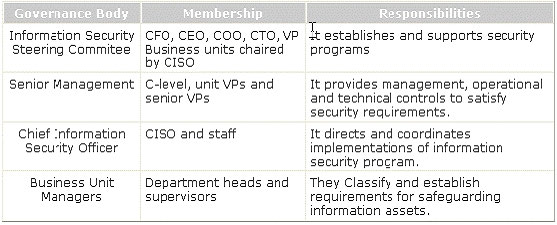The mission and business process level is the Tier 2. What are the various Tier 2 activities? Each correct answer represents a complete solution. Choose all that apply.
A. Developing an organization-wide information protection strategy and incorporating high-level information security requirements
B. Defining the types of information that the organization needs, to successfully execute the stated missions and business processes
C. Specifying the degree of autonomy for the subordinate organizations
D. Defining the core missions and business processes for the organization
E. Prioritizing missions and business processes with respect to the goals and objectives of the organization
A. Developing an organization-wide information protection strategy and incorporating high-level information security requirements
B. Defining the types of information that the organization needs, to successfully execute the stated missions and business processes
C. Specifying the degree of autonomy for the subordinate organizations
D. Defining the core missions and business processes for the organization
E. Prioritizing missions and business processes with respect to the goals and objectives of the organization
